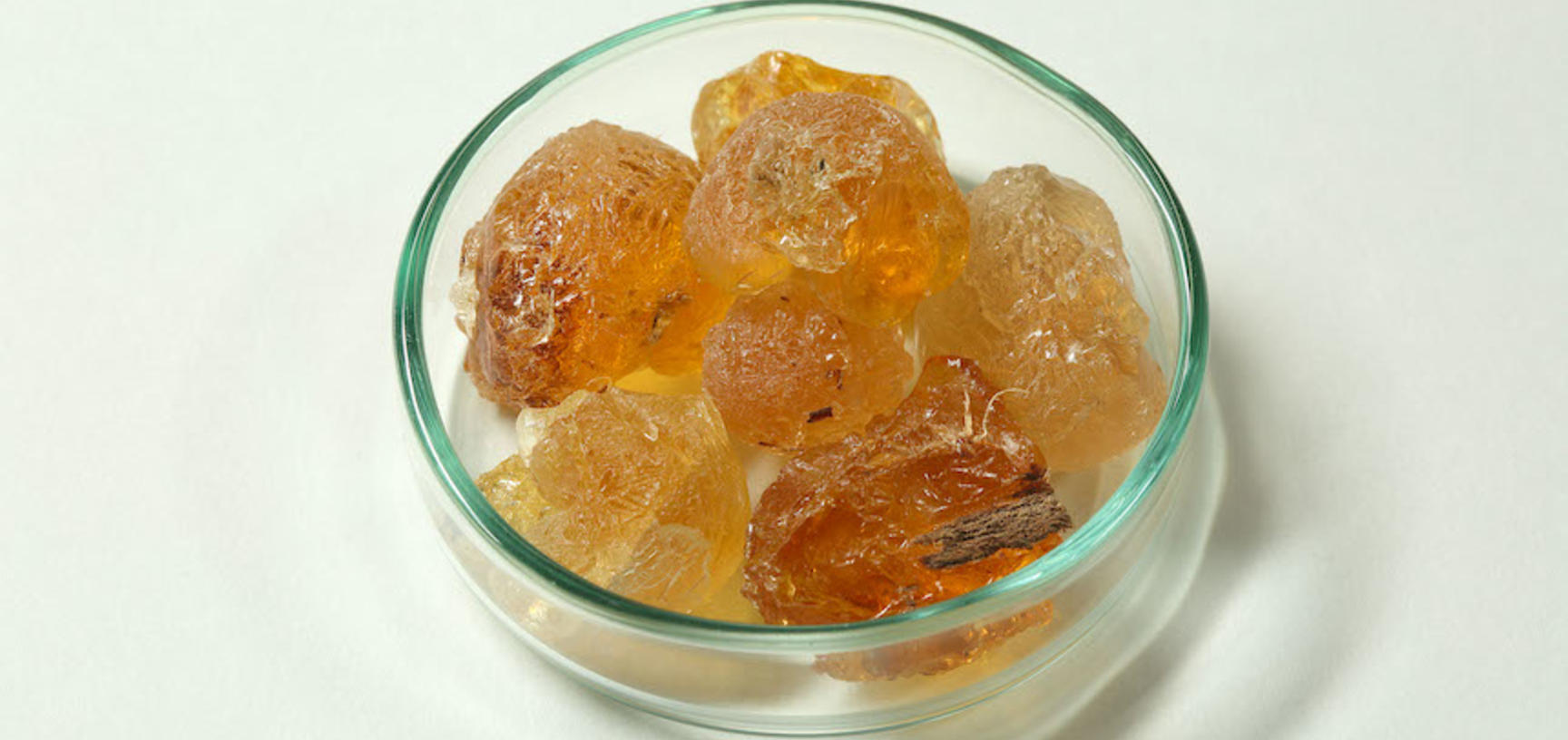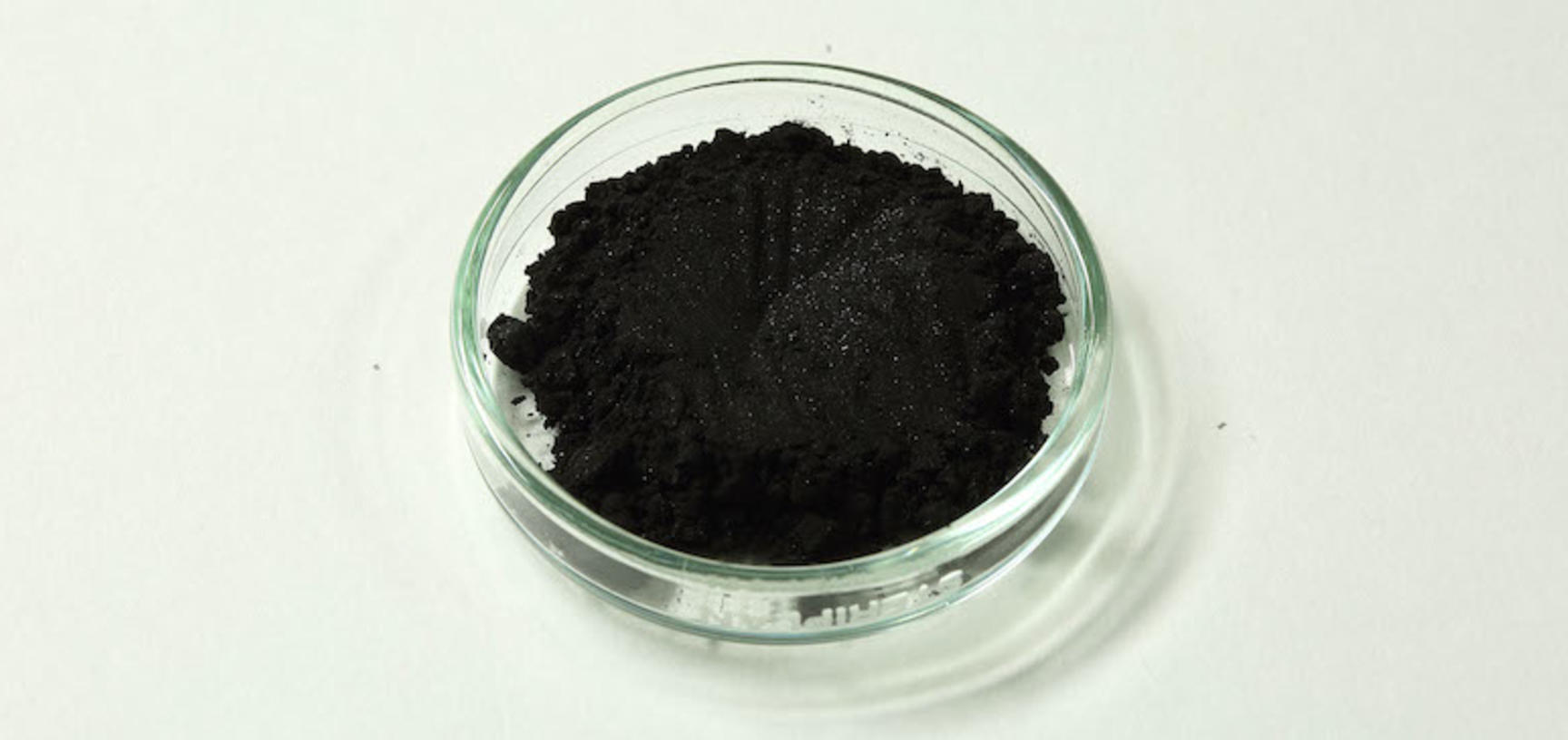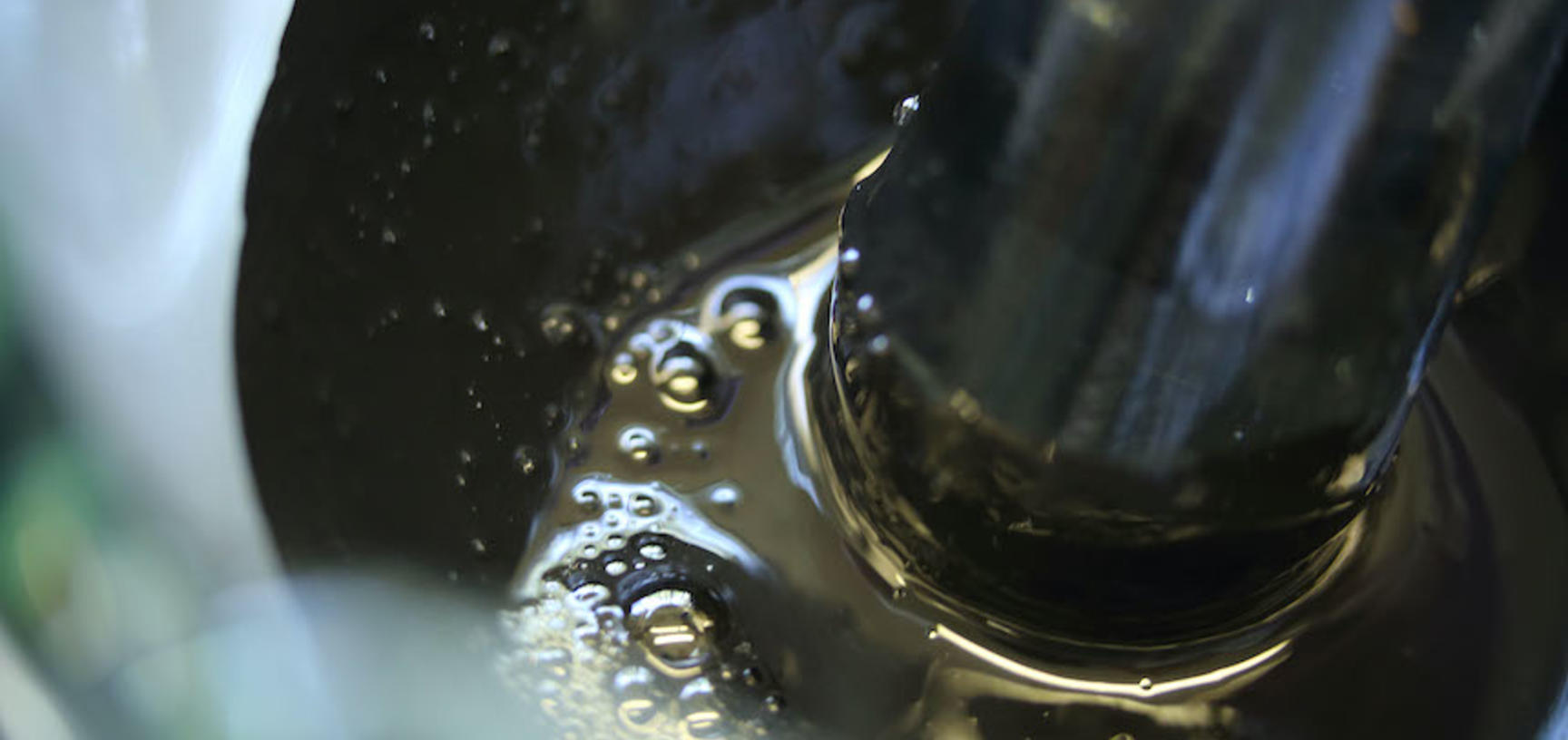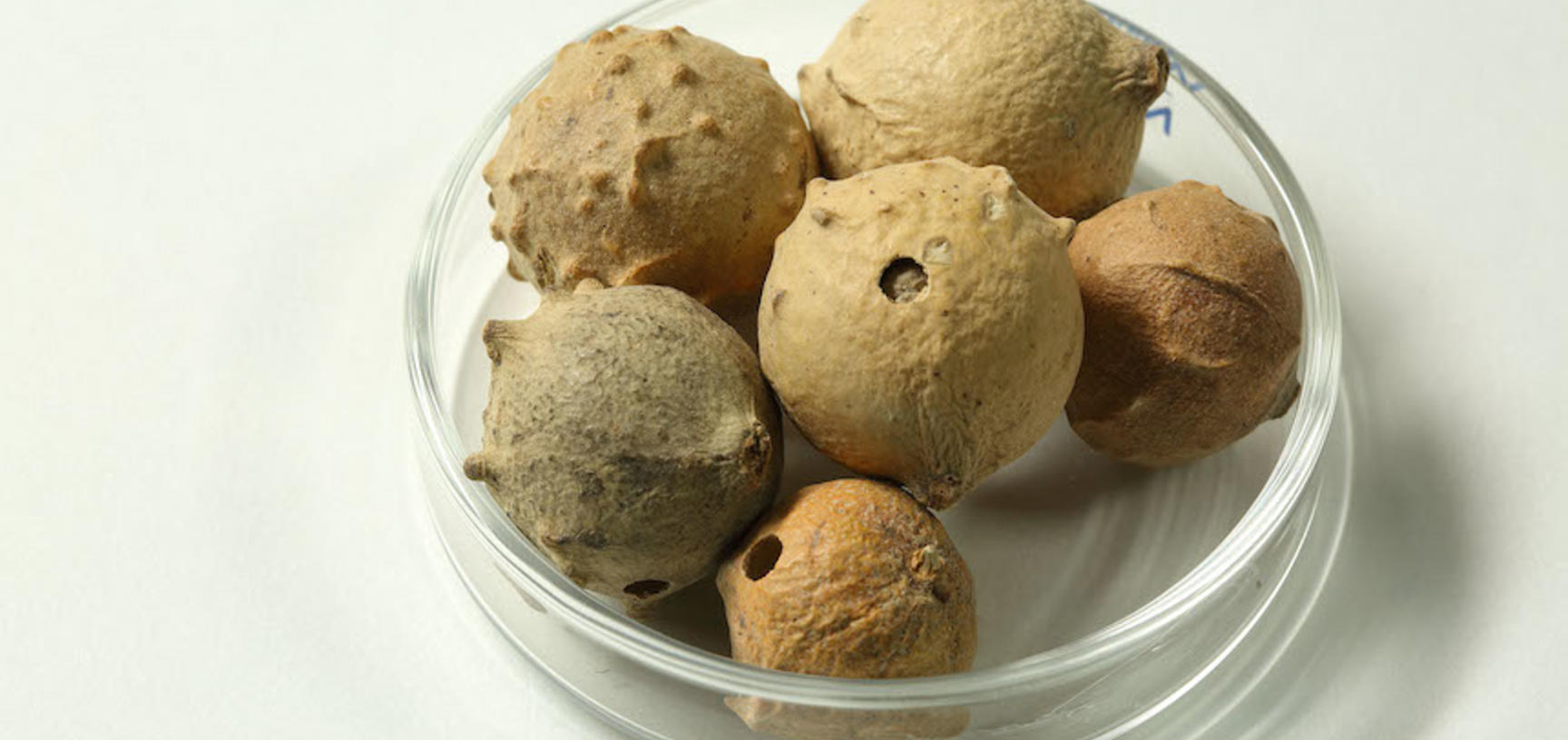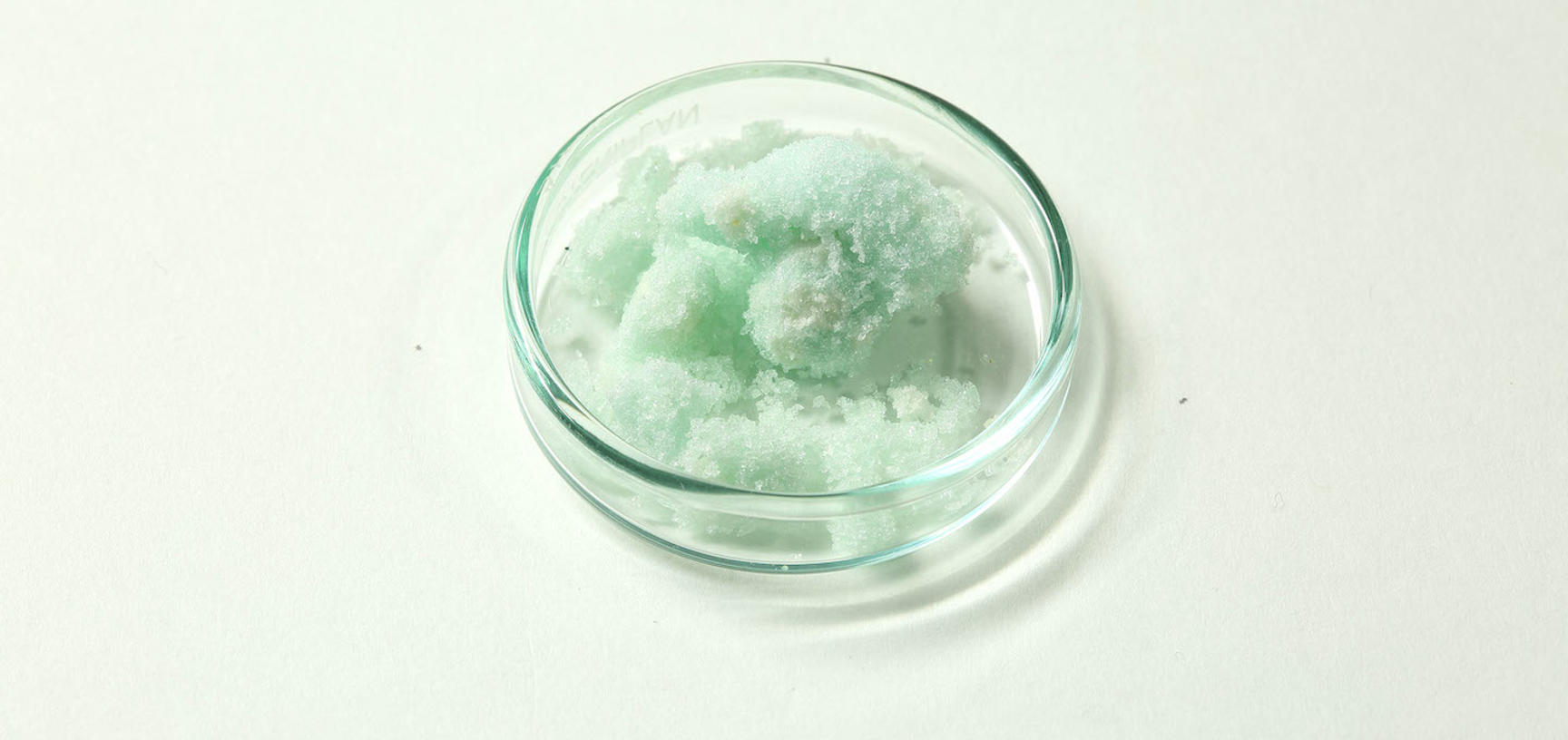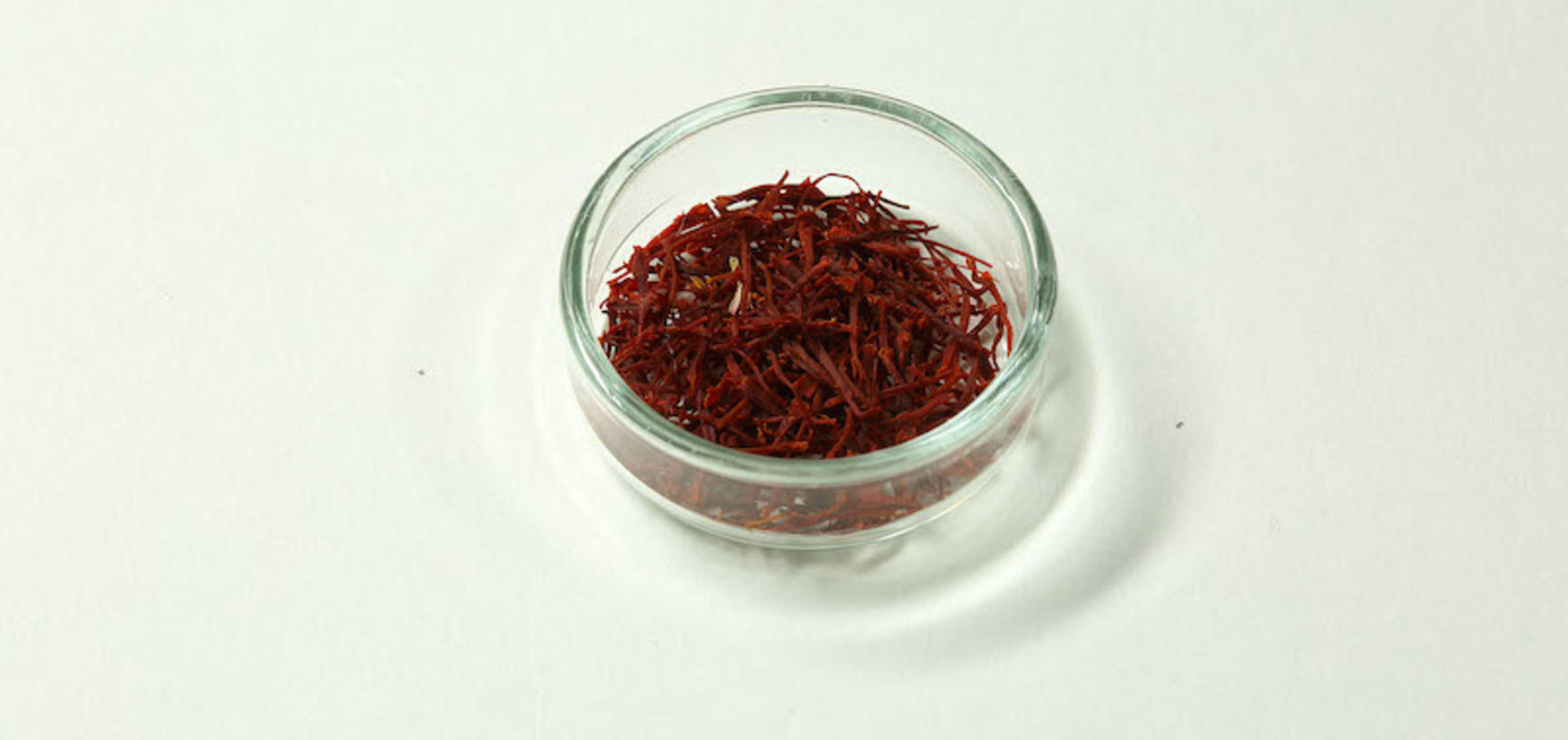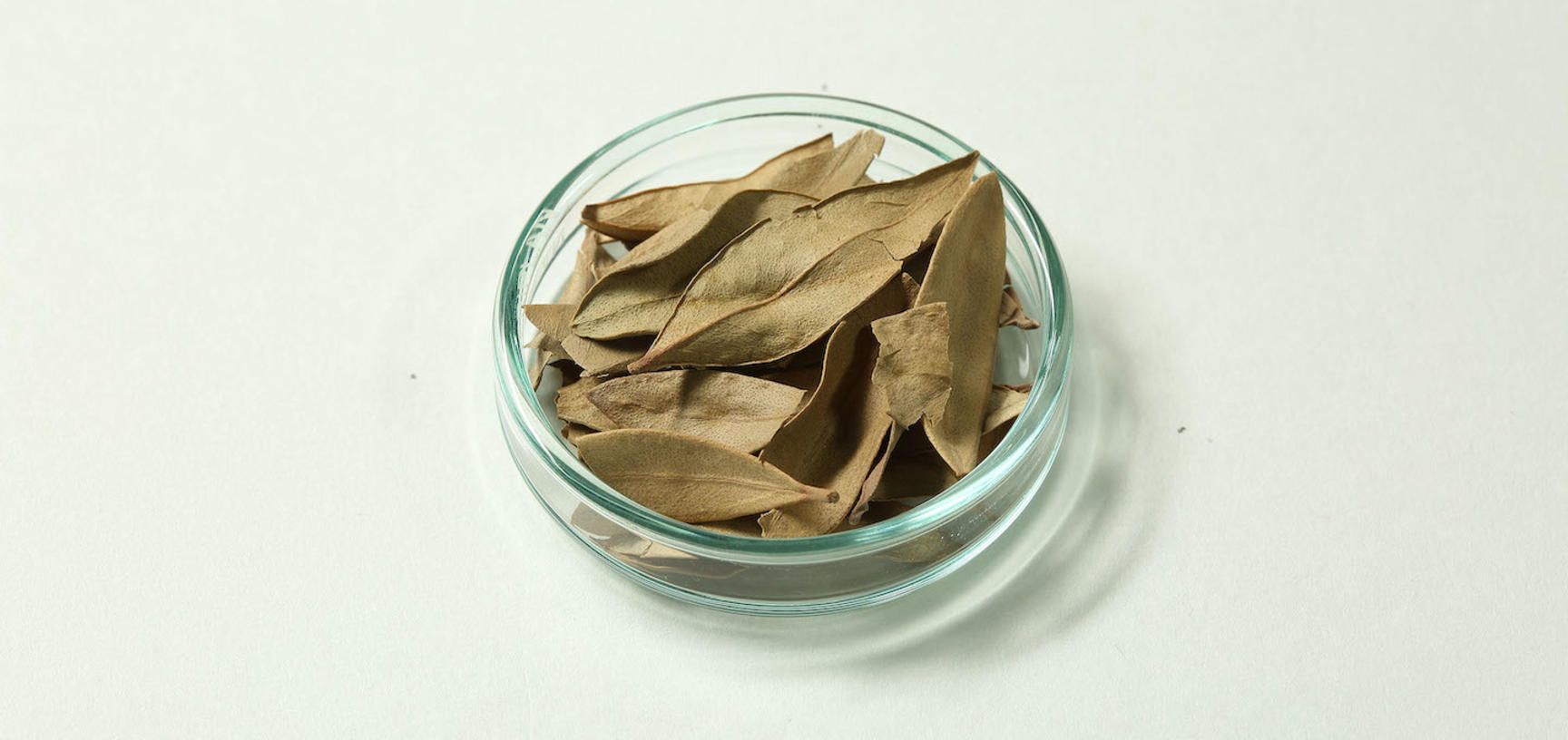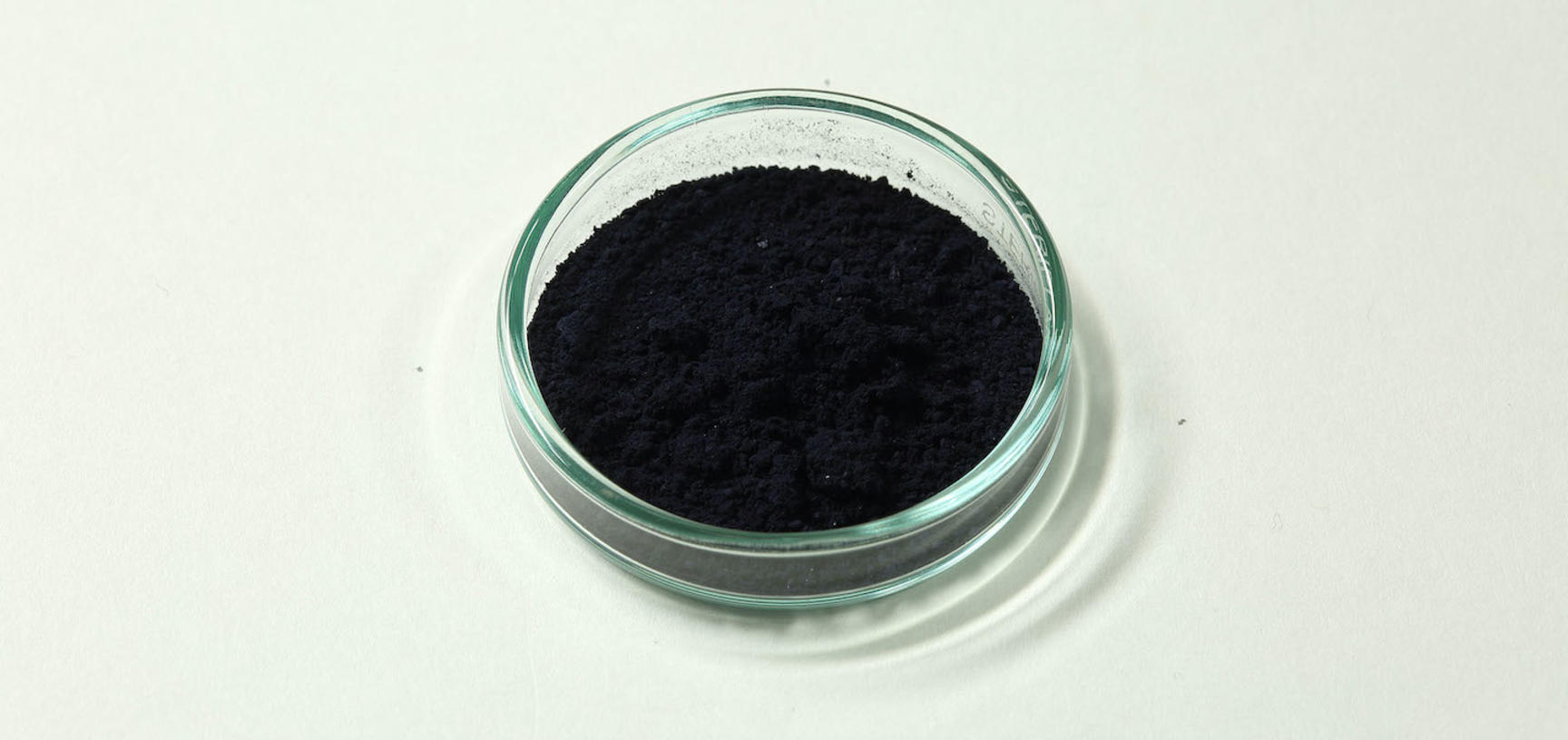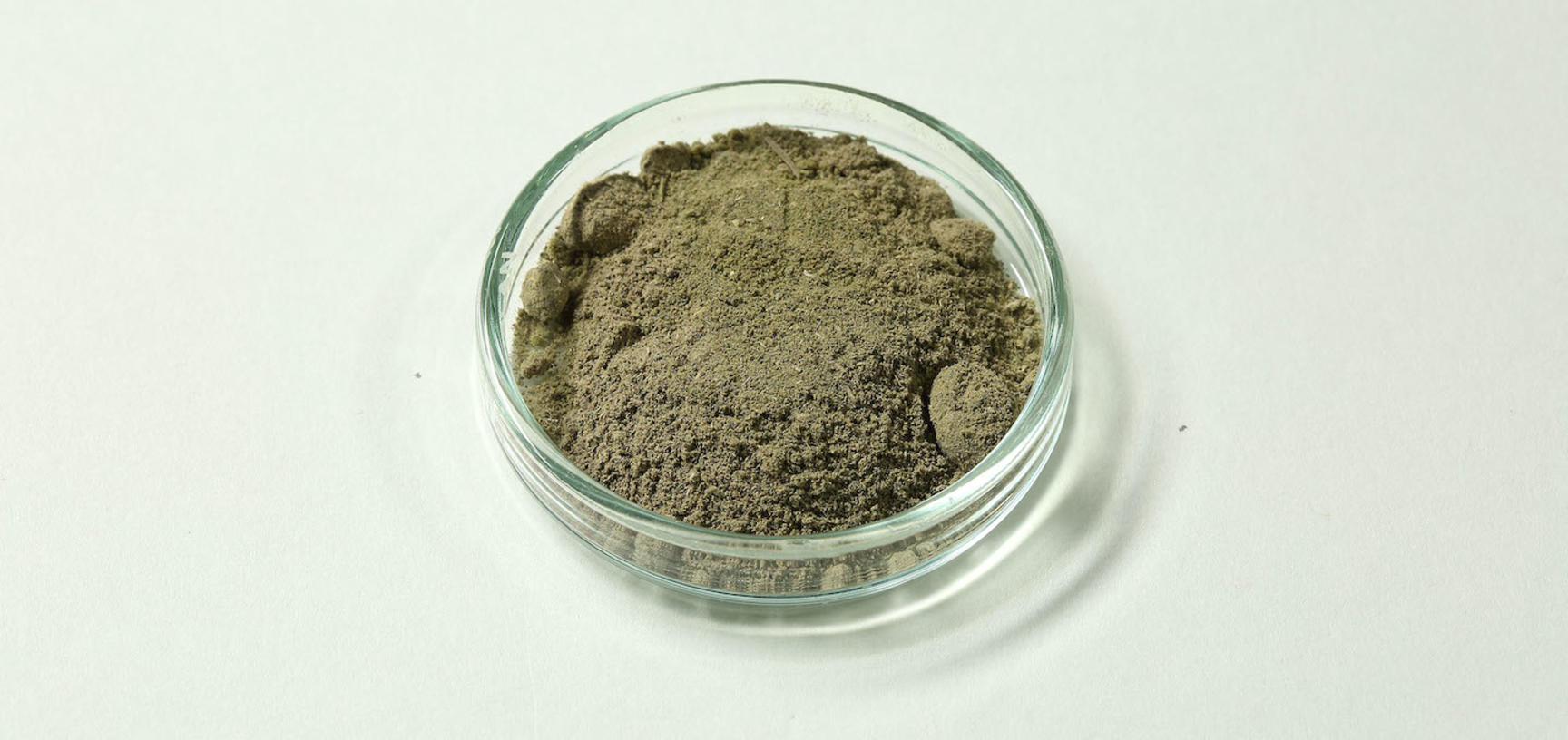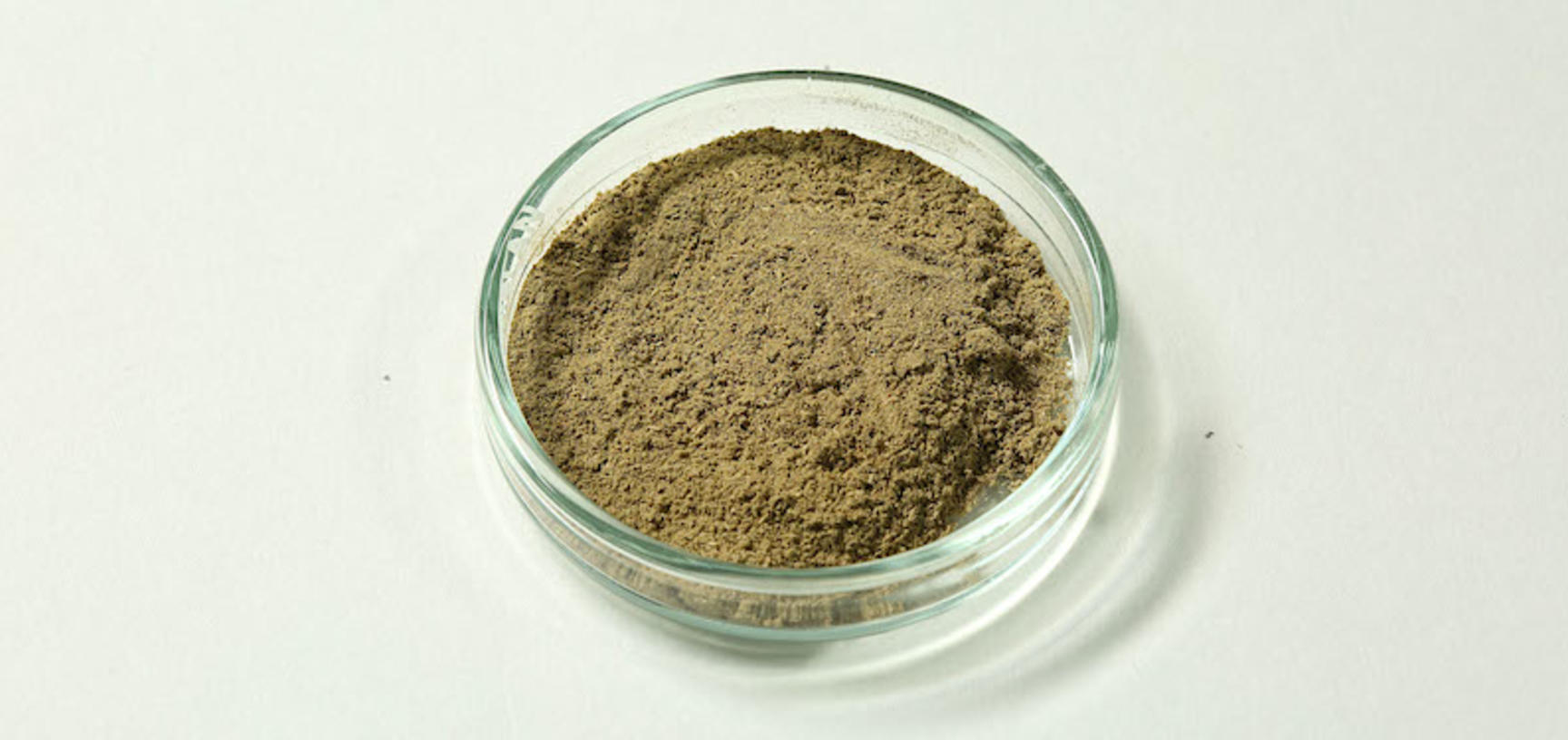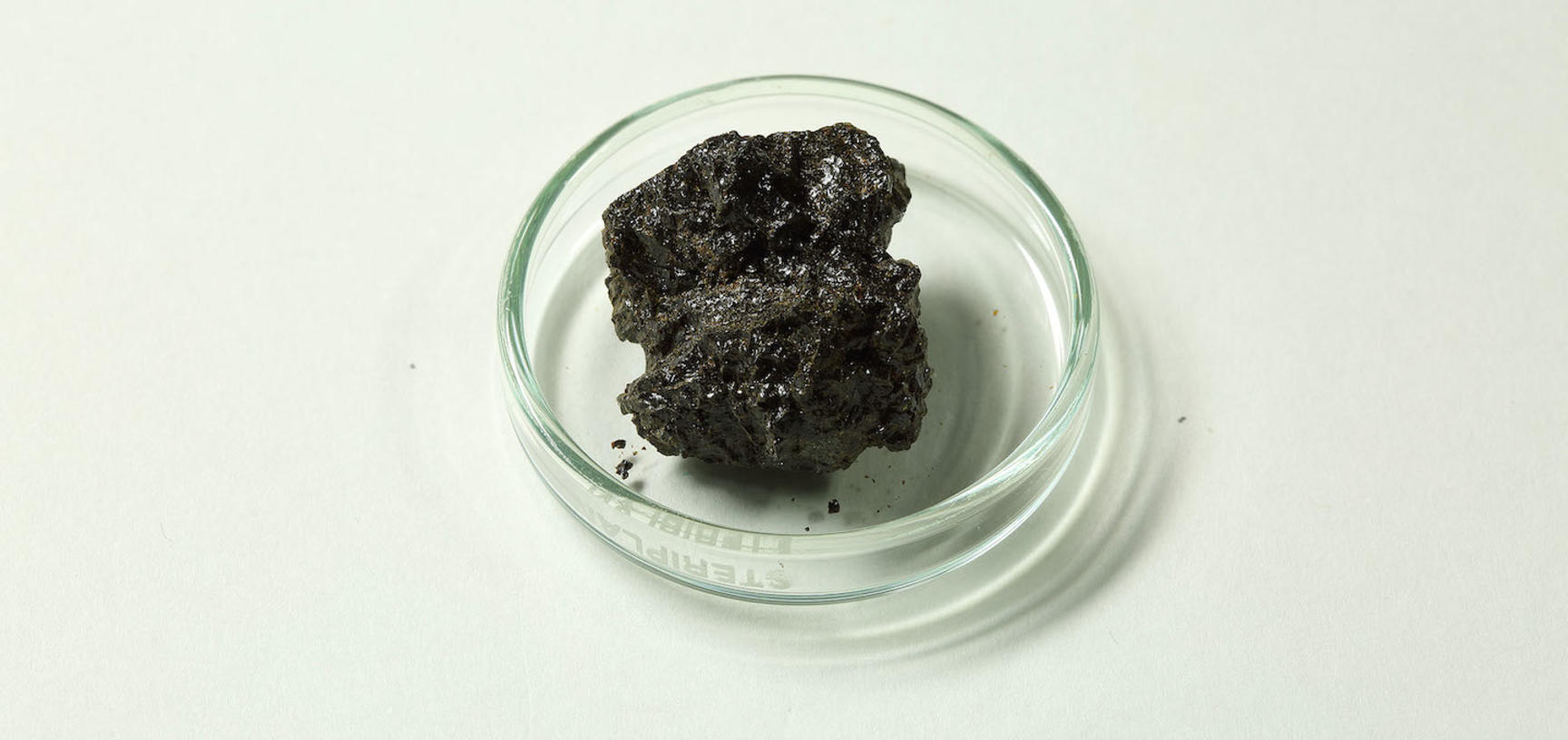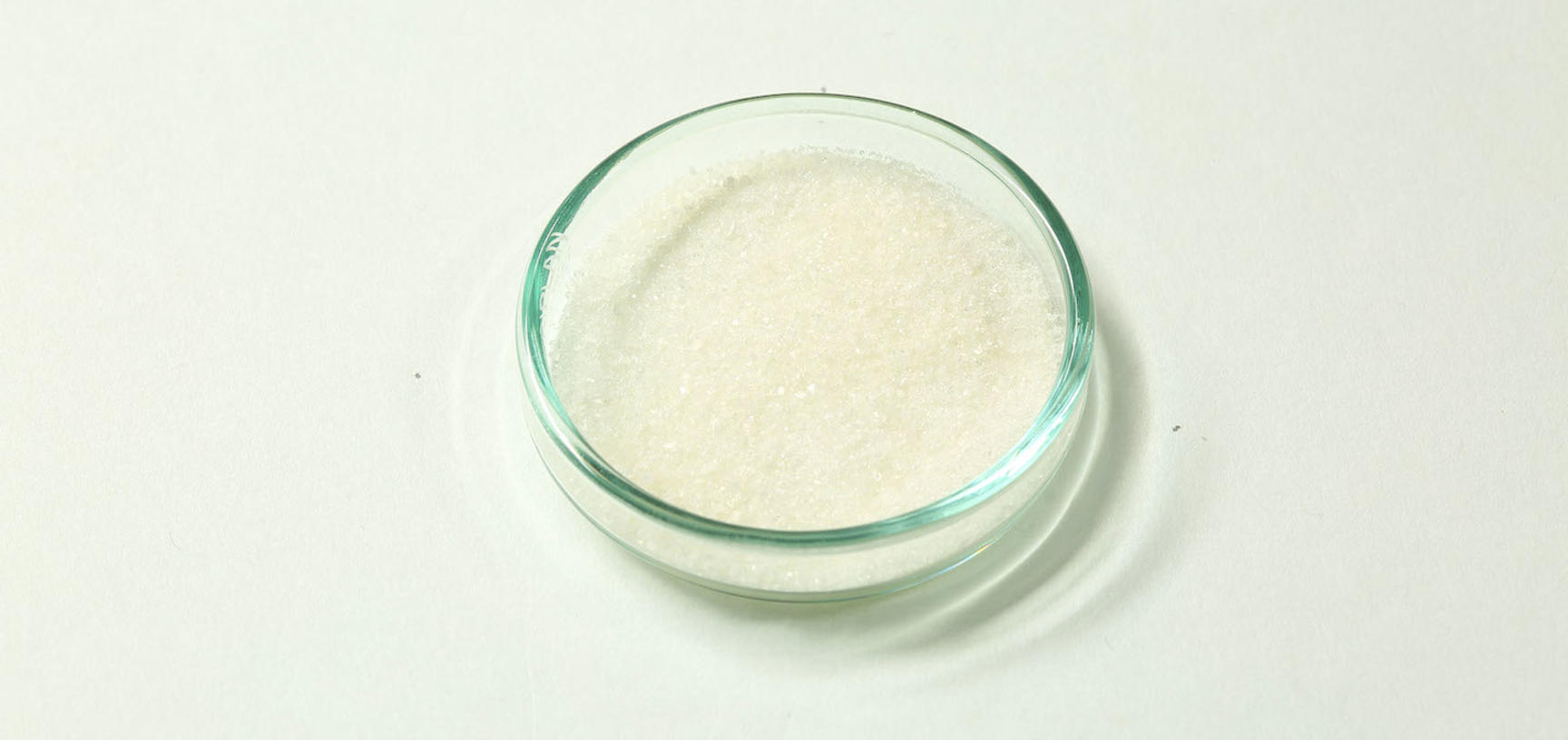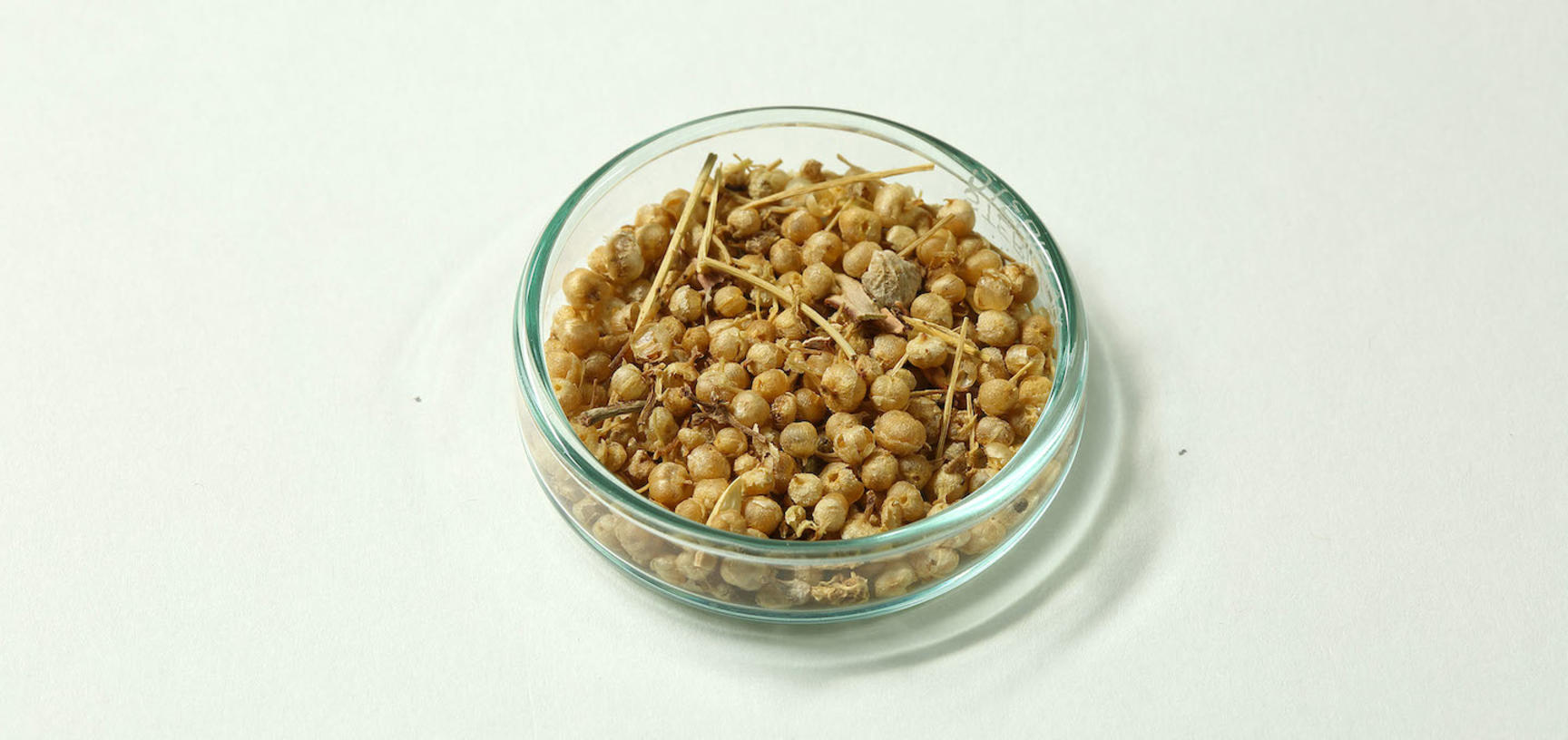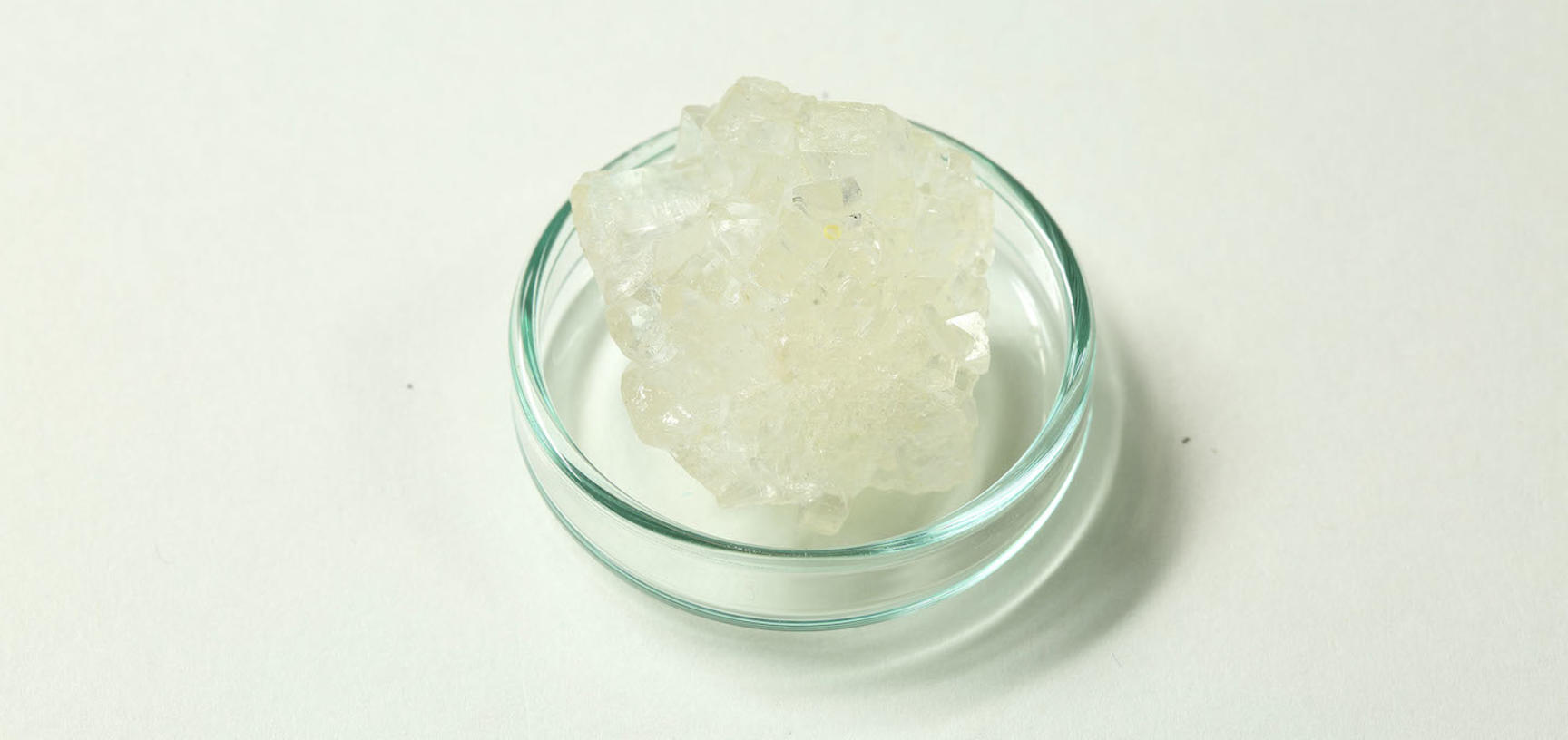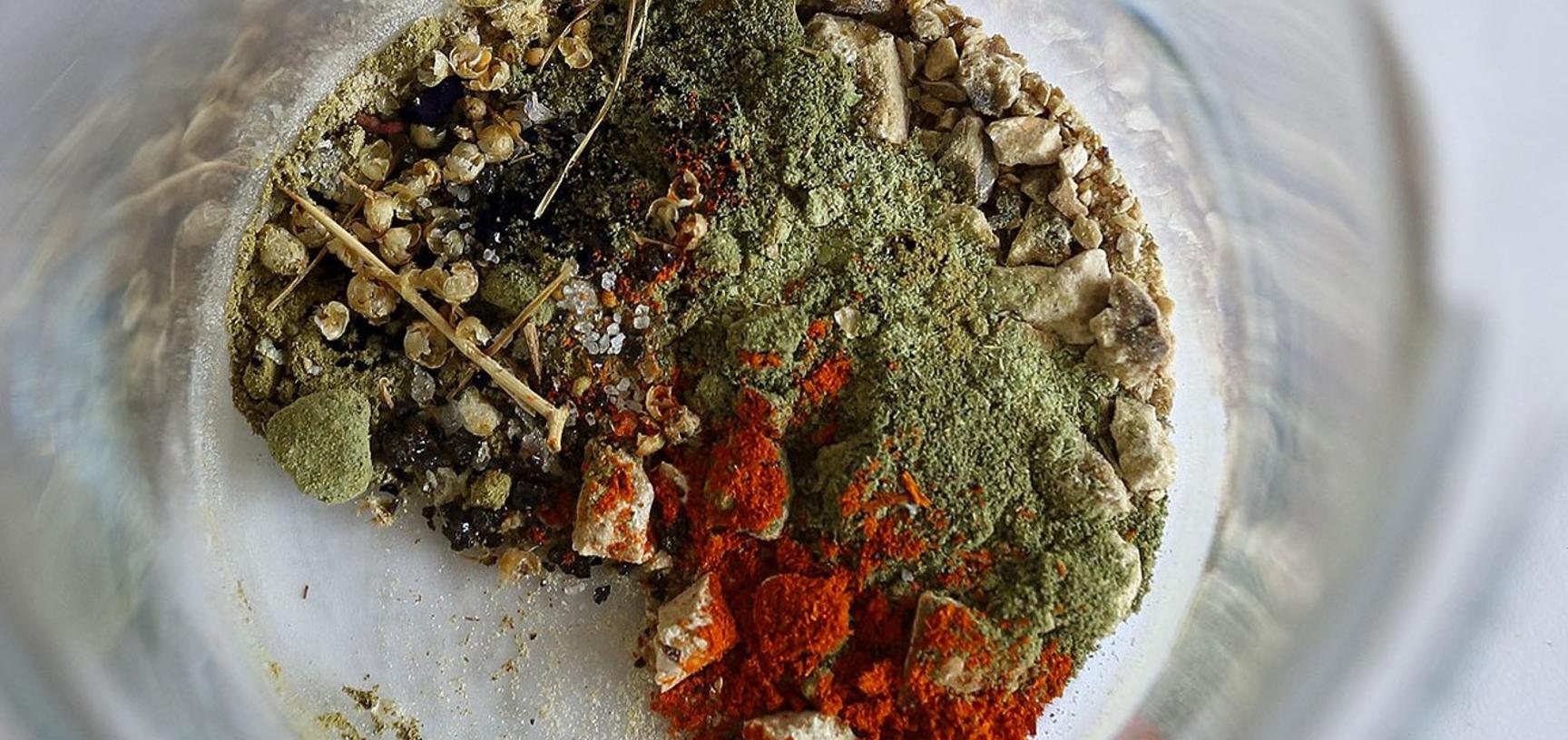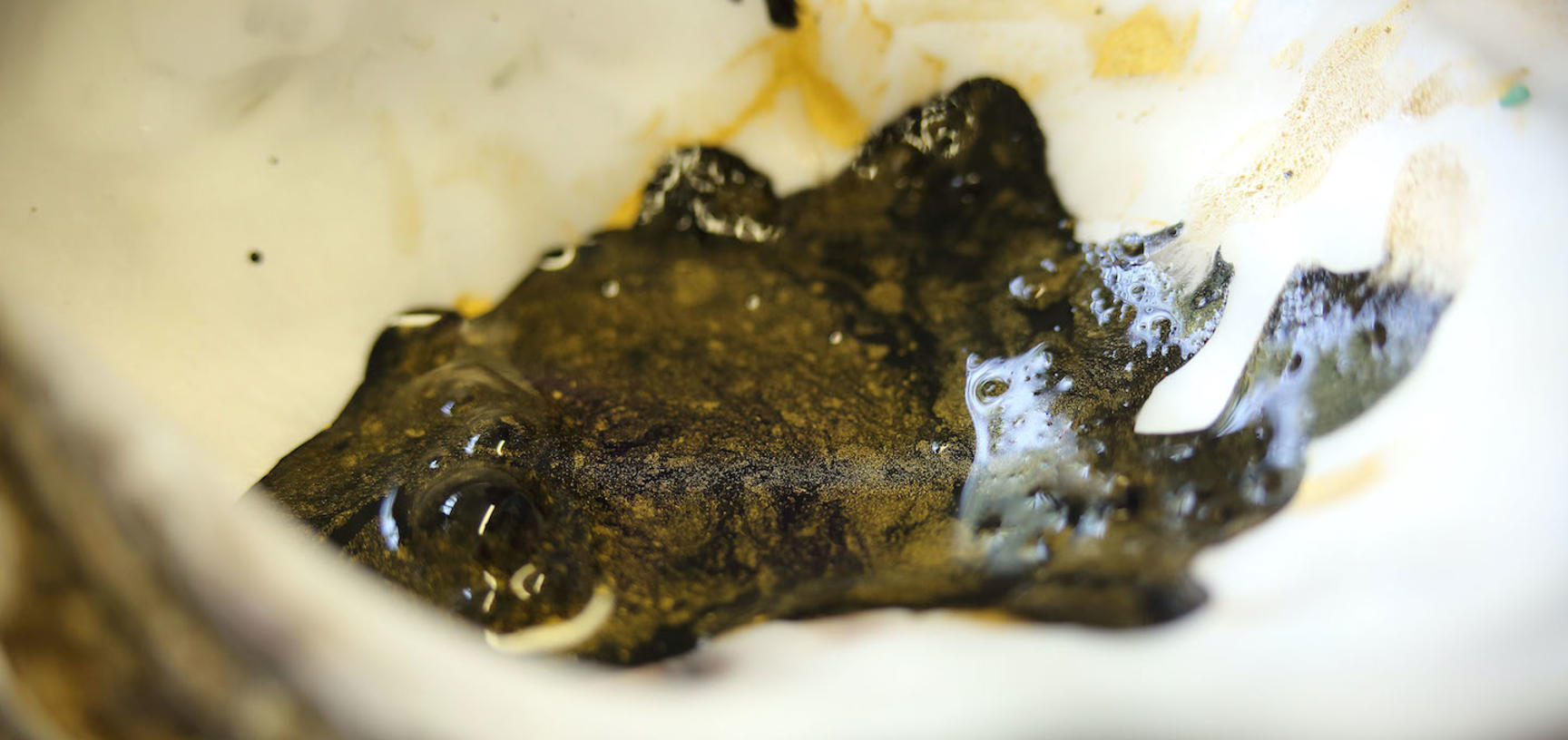Persian recipes: black inks
Anyone who wanted to excel in the art of writing had to know how to create their own ink and cut their own reed pen. Persian master calligraphers passed down information on ink making in their treatises and manuscripts where an abundance of recipes to create inks with different characteristics and attributes can be found and studied. These recipes are classified into three main groups: the carbon inks, the metallo-gallic inks, and the mixed inks, which combine the previous two.
Carbon ink
Carbon ink is composed of carbon particles dispersed in a binding medium. In Persia, the source of carbon used was lamp black, produced by burning linseed oil in a lamp and collecting the soot. The main binding medium used was gum arabic, a secretion of the stems of the Acacia Senegal tree preserved in the form of vitreous lumps. This ink does not involve any chemical reaction and is very stable; however, it stays on the surface of the paper, and can be removed by abrasions and water.
Experiment
Ingredients
5g lamp black
5g gum Arabic
30ml water
Crush the lumps of gum arabic with a pestle and mortar until they are powdered. Pour in hot water and stir until a smooth consistency is reached.
Put the lamp black in another mortar, pour over the gum arabic solution and bray for a full hour until the lamp black particles are dispersed evenly within the binding medium.
Store the ink into a bottle and shake regularly (side to side) for several hours.
If desirable, add rose water, crushed rock sugar and salt to give the ink aroma, gloss and preservative qualities.
Source
Recipe from the treatise Risālih dar bayāni khaṭ va murakkab va kāghaz va sākhtani ranghā by Anonymous (15th century):
'Obtain soot and place it in a mortar and bray until radiant. Mix gum arabic with water to the point that it’s neither too thick nor too fluid and pour in small portions while braying well till it gets the form of ink. Pour the ink in a bottle and use as necessary. If you want to keep flies and insects away from the ink, add some ox gall.'
Iron-gall ink
Iron-gall ink is obtained with a chemical reaction between green vitriol (iron(II)sulphate) and tannic acid, extracted from gallnuts grown mostly on oak trees. Some recipes have binding medium as an additional ingredient. This ink used extensively in the Western tradition was also used to some degree in Persia. Whilst carbon ink sits on the surface of the paper, iron-gall ink stains and penetrates the paper fibres making it a permanent ink that is not damaged by water or abrasion. However due to the acidic nature of the ink, oxidation and the reactive nature of iron, the paper where the ink is applied becomes weak, brittle, and finally charred.
Experiment
Ingredients
4g green vitriol
6g gallnuts
2g gum Arabic
60ml water
Break the gallnuts into four or five pieces in a mortar.
Put them in a bowl, pour in 40 ml boiling water and place under sunlight. After 24 hours, boil the content for 10–15 minutes and filter the tannic acid extract.
Add powdered green vitriol and notice that the yellow brown mixture starts to turn purple blue and becomes darker as it is exposed to air.
Prepare gum arabic with 20 ml of hot water as described in the carbon ink recipe and once ready add to the mixture. Filter the ink, store in a bottle and shake regularly (side to side).
Use gloves while using vitriol as it stains the skin.
Sources
Persian recipe example
Recipe from the treatise Ḥalīyat al-kuttāb by Anonymous (16th century):
'Bray 30 pieces of white gallnuts and pour 3 Raṭl of water over it. Set to a gentle boil in a copper pan until the water has evaporated to half its amount. Filter the liquid and let it cool down. Add red vitriol, and bray in the manner that in every 1½ Sīrs of water, 1 Diram of brayed gum arabic is added to make it brighter. The ink is now ready to be used.'
Persian ink (Carbo-tannate-vitriol ink)
Persian master calligraphers created an original ink mixing carbon ink and iron gall ink. Through experimentation, they came up with an ink with exact proportions that combines the stability of carbon ink, with the staining effect and permanency of iron-gall ink.
Experiment
Ingredients
2g lamp black
2g green vitriol
4g gallnuts
8g gum arabic
50ml water
Prepare the carbon ink as described in its recipe using only 20 ml of water to dissolve the gum Arabic.
Meanwhile in a separate container prepare the gallnut extract with the remaining water as described in the iron-gall ink recipe.
Once the gallnut extract is ready, with the aid of a pipette, add it to the mortar with the carbon ink and continue braying. Test the mixture to make sure that it is not too fluid.
Add the vitriol and continue the process of braying the ink. Braying and mixing the ink in a mortar and pestle is of utmost importance, some master calligraphers had gone as far as advising to do this for 100 hours in order for the colourants to disperse evenly with the binding medium.
As always, pour the new ink in a bottle and shake well (side to side) to ensure that all the ingredients are mixed and dissolved effectively.
If you need to scale the recipe up, remember the ingredients’ proportions: 1 part lamp black, 1 part vitriol, 2 parts gall nuts, 4 parts gum arabic.
Source
This recipe by Ibn Muqla Farsi (d. 930 CE) is in the form of a poem, which helps memorisation, and is found in different treatises such as Midad al-Khotut by Heravi (16th century CE), Savad al-Khat by Heravi (16th century CE), Adab-e Khat by Sayrafi (1519 CE) and Morakkab sazi va jeId sazi by Hosseini (19th century CE):
‘The equal of soot is vitriol the equal of both combined is gall
The equal of all three is gum, and so the strength of muscle’
همسنگ دوده زاج است، هموزن هر دو مازو صمغ است وزن هر سه، وانگه زور بازو
Peacock ink
The experimentation of Persian master calligraphers to create the perfect ink reached its apogee with Peacock ink. Considered the most prized ink of Persia, this fine black ink with a blue-green undertone is a variation on the Persian ink. It enhances its qualities with the addition of a diversity of captivating secondary ingredients, providing colour nuances and greater gloss, fluidity, durability, aroma and water resistance. These colourful secondary ingredients are the reason the ink is called Peacock. This ink is praised for withstanding water, abrasions, and other external dangers, such as biological degradation.
Experiment
Carbo-tannate-vitriol ink
2g lamp black
2g green vitriol
4g gallnuts
8g gum Arabic
50 ml water
Colourants
0.1g saffron
0.5g myrtle
0.1g indigo
0.5g woad
Preservatives with dyeing qualities
0.5g henna
0.1g aloe
Aromatics
0.05g musk
0.1ml rose water
Thickening agent
0.1g epithymum
Glossing agents
0.1g rock sugar
Gold leaf - optional
Break the gallnuts into small pieces and put in a bowl with 30 ml of boiling water.
Bray separately the myrtle, the henna, the woad, the indigo, the epithymum, the aloe, the sugar and the saffron and add to the bowl with gallnuts and water.
Leave the bowl under sunlight for a few days in order to soften the gall nuts and other ingredients and allow their essence to be extracted by the water.
Afterwards set to boil the content of the bowl for 10-15 minutes and filter.
Meanwhile prepare the lamp black and gum arabic mixture as described in the carbon ink recipe but using only 20 ml of water.
Add the ingredients previously boiled and filtered to the mortar containing the lamp black and gum arabic mixture and set to bray until all ingredients look incorporated.
Add the vitriol and set to bray again for one full hour. Pour in a bottle and add rose water and musk, and shake at intervals (side to side) for several hours. Normally, 5 hours of mixing, braying and shaking are enough to make a good ink.
Source
Recipe by Khvājah Jamāl al-Dīn Yāqūt (d. 1298) found in the treatise Midād al-Khoṭūṭ by Mīr ‘Alī Hiravī (16th century CE):
'Oh you who have mastered the art of script, I shall educate you on a type of ink
White vitriol, green gall nuts and unadulterated dry soot from seeds
Hejaz Gum and rose water, pure musk and Egyptian sugar candy
Extract the essence of woad and myrtle; add a little bit of saffron
Insert leaves of gold and silver; beat it well for forty days
Weight of each shall be revealed through experience; without the doubt of going above or below
On testing it shall have a yellow shade; you will not find the likes of it on this plane of existence.'

